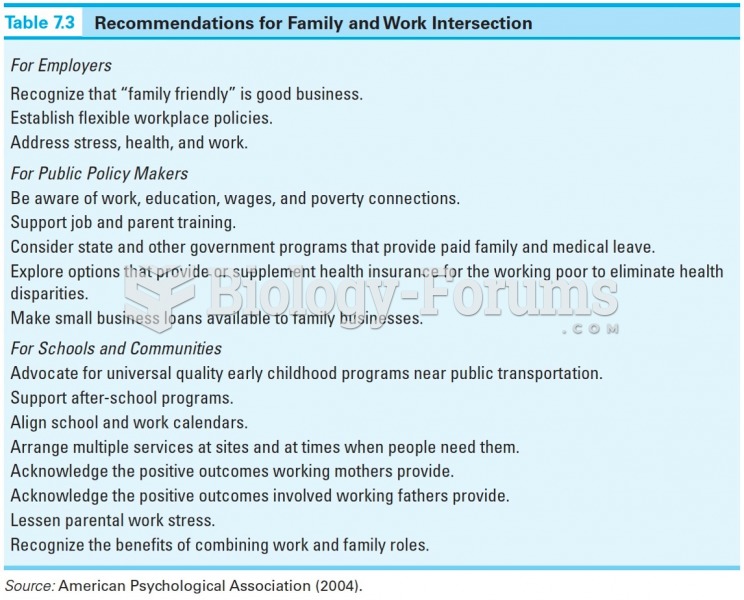|
|
|
Did you know?
Human neurons are so small that they require a microscope in order to be seen. However, some neurons can be up to 3 feet long, such as those that extend from the spinal cord to the toes.
Did you know?
Women are 50% to 75% more likely than men to experience an adverse drug reaction.
Did you know?
In 1886, William Bates reported on the discovery of a substance produced by the adrenal gland that turned out to be epinephrine (adrenaline). In 1904, this drug was first artificially synthesized by Friedrich Stolz.
Did you know?
The U.S. Preventive Services Task Force recommends that all women age 65 years of age or older should be screened with bone densitometry.
Did you know?
Medication errors are three times higher among children and infants than with adults.
 (a) Longevity decreases with increased horn-length breeding value of harvested rams. (b) Mean-weight
(a) Longevity decreases with increased horn-length breeding value of harvested rams. (b) Mean-weight
 Spiral Produced by twisting stresses that are spread along the length of a bone (note the break in t
Spiral Produced by twisting stresses that are spread along the length of a bone (note the break in t





